ZHCSIQ9 September 2018 OPA859
PRODUCTION DATA.
7.6 Typical Characteristics
at TA = 25°C, VS+ = 2.5 V, VS– = –2.5 V, VIN+ = 0 V, Gain = 1 V/V, RF = 0 Ω, RL = 200 Ω, and output load referenced to midsupply (unless otherwise noted)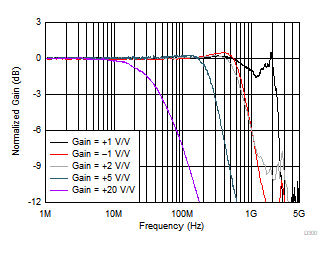
| VOUT = 100 mVPP; see Parameter Measurement Information for circuit configuration |
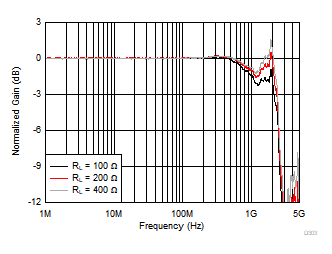
| VOUT = 100 mVPP |

| Gain = 20 V/V | RF = 453 Ω |
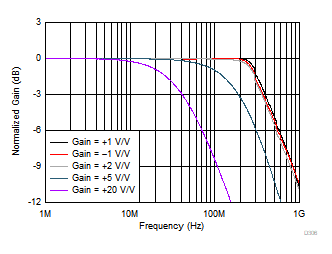
| VOUT = 2 VPP |
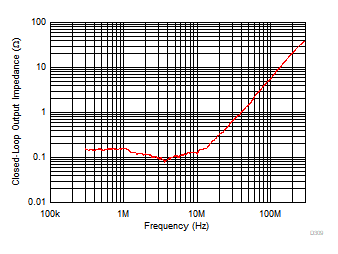
| Small-Signal Response |

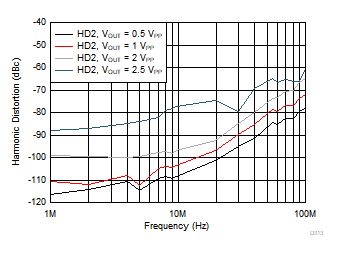
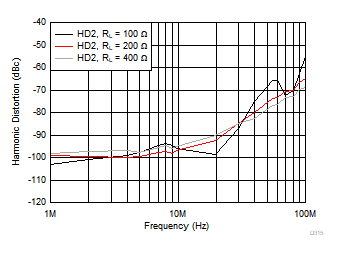
| VOUT = 2 VPP |
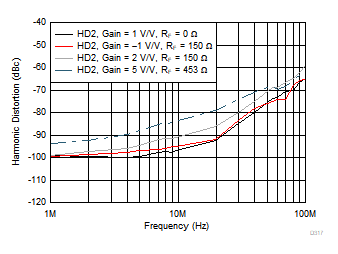
| VOUT = 2 VPP |
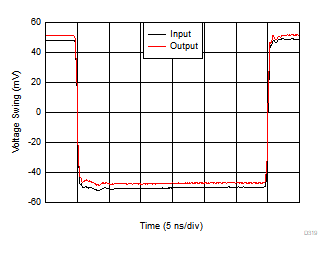
| Average Rise and Fall Time (10% - 90%) = 450 ps |

| See Figure 46 for circuit configuration |
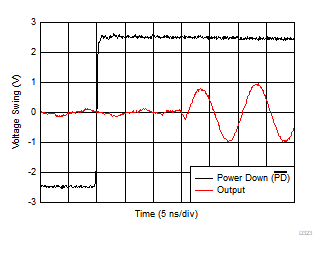
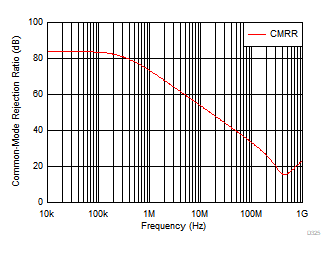
| Small-Signal Response |
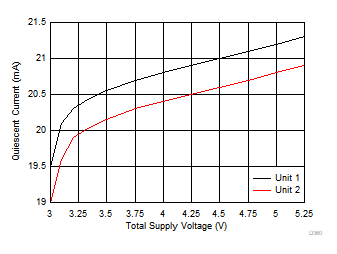
| 2 Typical Units |
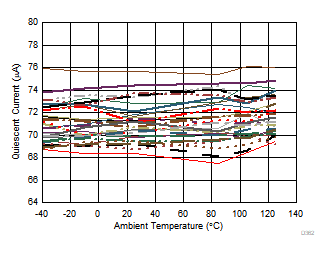
| 32 Units Tested |
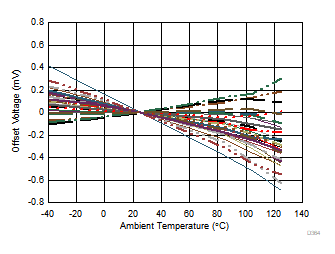
| µ = –2.1 µV/°C | σ = 2 µV/°C | 32 Units Tested |
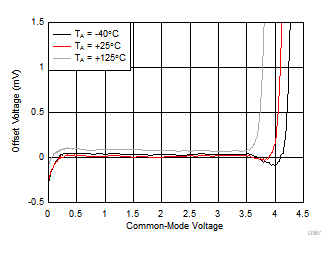
| VS = 5 V |
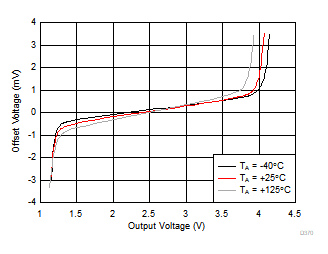
| VS = 5 V |
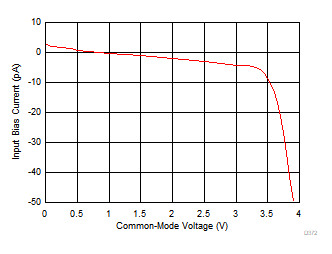
| VS = 5 V |
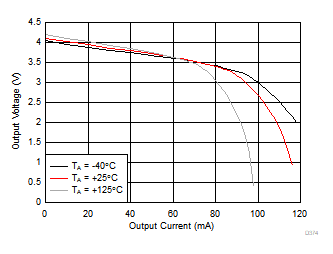
| VS = 5 V |
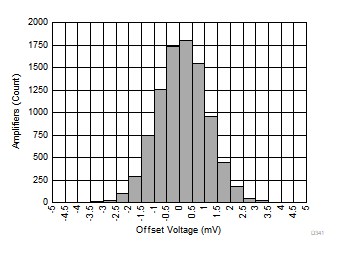
| µ = –0.38 mV | σ = 0.97 mV | 9150 Units Tested |
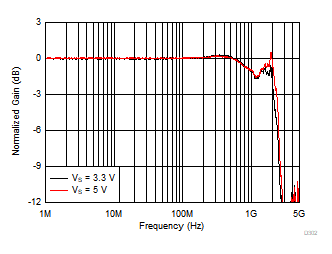
| VOUT = 100 mVPP |

| VOUT = 100 mVPP |
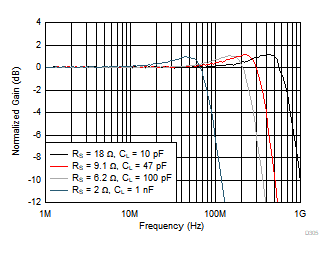
| VOUT = 100 mVPP, See Figure 46 for circuit configuration |
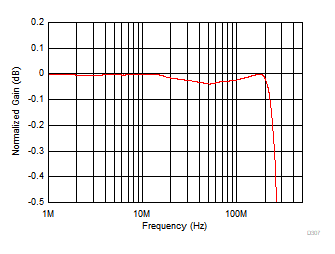
| VOUT = 2 VPP |
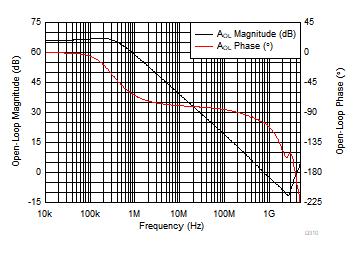
| Small-Signal Response |
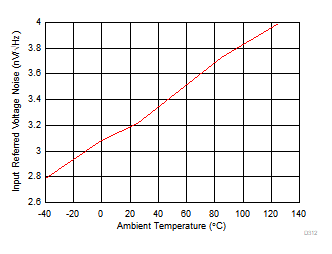
| Frequency 10 MHz |
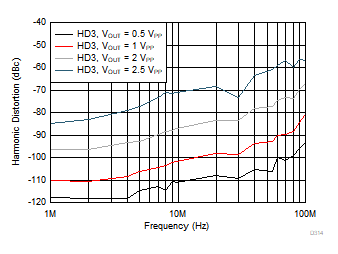
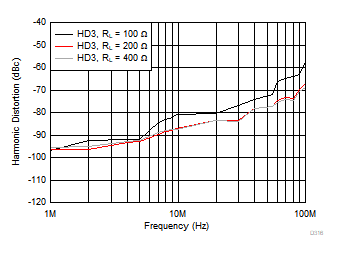
| VOUT = 2 VPP |

| VOUT = 2 VPP |

| Slew Rate: Falling = 1160 V/µs, Rising = 1400 V/µs |
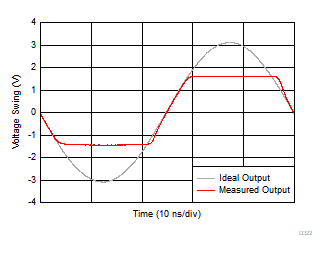
| Gain = 5 V/V, RF = 453 Ω, 2x Output Overdrive |
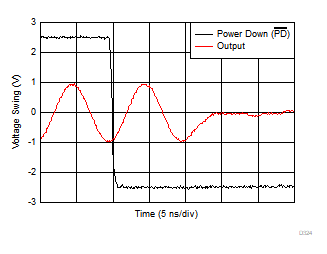
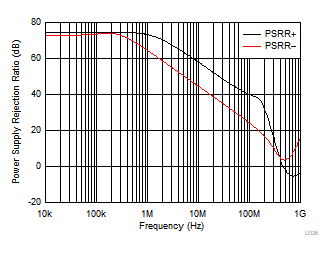
| Small-Signal Response |
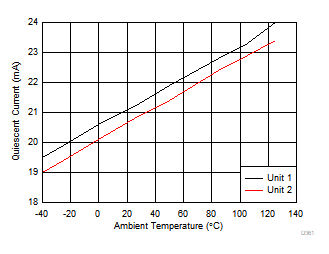
| VS = 5 V | 2 Typical Units |
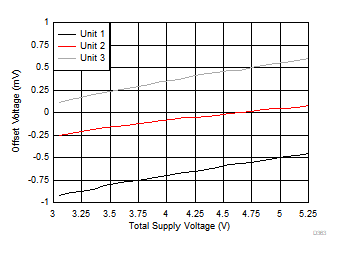
| 3 Typical Units |
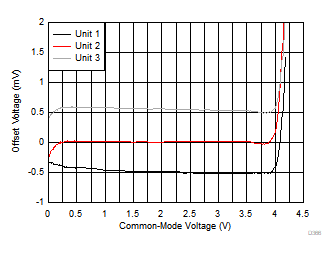
| VS = 5 V | 3 Typical Units |
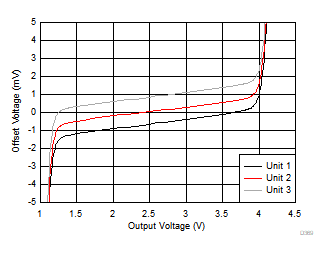
| VS = 5 V | 3 Typical Units |
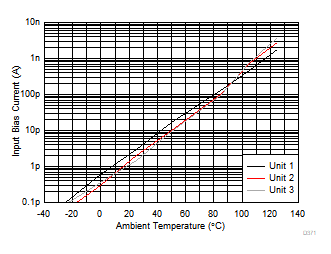
| 3 Typical Units |
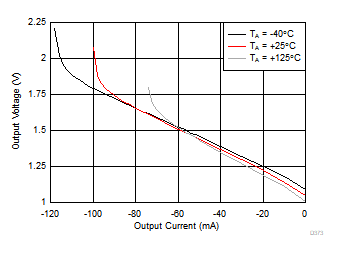
| VS = 5 V |

| µ = 20.8 mA | σ = 0.25 mA | 9150 Units Tested |
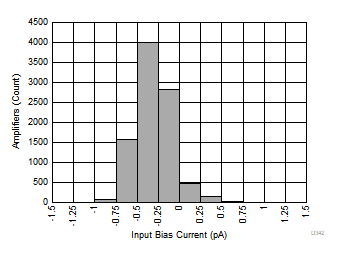
| µ = –0.55 pA | σ = 0.23 pA | 9150 Units Tested |